City of Sioux City issued the following announcement on October 07.
Learn more about the history of Graceland Cemetery and the notable local citizens buried there at the Sioux City Public Museum’s cemetery tour on Saturday, October 16. The free 90-minute walking tour will begin at 10 a.m. at the north entrance of Graceland Cemetery, 2701 S. Lakeport.
Tom Munson, Archives Manager, and Haley Aguirre, Archival Records Clerk, will lead the tour through the cemetery, which was initially planned as a ‘garden park.’ The original park had numerous water fountains, a ‘rest cottage,’ and beautiful flower beds.
Along with its unique layout, the cemetery includes several sections devoted to various groups, such as the Jewish or Farane section, the Syrian section, and a military section with identical small white stones for the veterans buried there. The tour will also include a look at a monument to the Spanish American War Veterans and the cremation garden.
Among the individuals to be featured are:
Leo Kucinski: Kucinski is fondly remembered in Sioux City as a fine instrumentalist, educator, and director. He and his parents immigrated to the United States from Warsaw Poland in 1914. After coming to Sioux City in 1923 to perform at Grace Methodist Church, he soon began teaching at Morningside College. He later attended Julliard Graduate School and earned degrees from Morningside College. He directed symphonic orchestras across the nation from Iowa to Texas and even in Mexico, both as director and visiting director. He served performing groups as director in Sioux City from 1925 until 1979, including Morningside College, Sioux City Symphony, and Sioux City Municipal Band. He directed the Monahan Post Band at the opening of the Grandview Park Bandshell in 1935 (today it is named in his honor). He died in 1996 at the age of 93.
James Toy: Born in Wilmington, Delaware in 1850, Toy and his family moved to Sioux City from Storm Lake in 1890. He founded Toy National Bank in Sioux City, which functioned as both a commercial and a trust institution. The bank building erected at 4th and Jackson Streets in 1890 burned during the 1904 Pelletier Fire. The 1906 building he built at 4th and Nebraska was later demolished to make way for a new Toy Bank (which today houses Central Bank). At the time of his death in 1937 in Hollywood, CA, he was president of six banks.
George Newman: Newman was born in Savannah, Georgia in 1909. He and his wife Esther moved to Sioux City in 1932 and he began his career as a photographer for the Sioux City Tribune. In 1941, when the Tribune closed, he went to work for the Sioux City Journal. As a photographer he won many awards for his work. A collection of more than 11,000 of his photographic negatives are preserved at the Sioux City Public Museum.
Josephine Herbst: Herbst was born in 1892 in Sioux City and graduated from Central High School. She attended Morningside College before moving to the West Coast to graduate from Berkeley. In the 1930s she published a trilogy based on her family’s history. Herbst published articles in the radical journal, “New Masses” and wrote “Nothing is Sacred,” “Money for Love,” “The Executioner Waits,” “The Burning Bush” and “Somewhere the Tempest Fell.” She also wrote for the New York Post while in Germany in the 1930s and for a newspaper in the Spanish Civil War. Several friends recalling Herbst in the 1990s described her as a free spirit.
William Lloyd Harding: Harding was born in 1877 in Sibley. He was a graduate of Morningside College. After practicing law, he was elected to the Iowa Legislature in 1907. He served as Iowa's Lieutenant Governor from 1913 to 1917 and was elected governor in 1917. As governor he worked to raise Iowa’s quota of men and money for the war effort. He became very unpopular when he proclaimed that only the English language could be spoken in public. Impeachment proceedings began and Harding eventually left the office in 1921. After his political career, he went on work at an insurance agency. He died in Des Moines in 1934.
James A. Jackson: Jackson moved to Sioux City from St. Joseph, MO in 1887. His influence in Sioux City, however, was known as early as 1854. Jackson was instrumental in sending John K. Cook to the area to survey and plat what would become the town of Sioux City. In 1856, Jackson and his partner Milton Tootle opened Sioux City’s first store, Tootle & Jackson. This branch store chartered the first steamboat loaded with goods for sale destined for Sioux City. In 1887, Jackson came back to Sioux City and with his son, Andrew Milton Jackson and other real estate promoters, helped develop Morningside. James died in 1893 at age 64 and was originally buried in Fairview Cemetery in Council Bluffs, IA. Andrew Jackson along with Edwin Peters and other investors formed Graceland Cemetery. In 1911 he moved the bodies of his parents, James and Henrietta, to new burial plots in Graceland.
Original source can be found here.
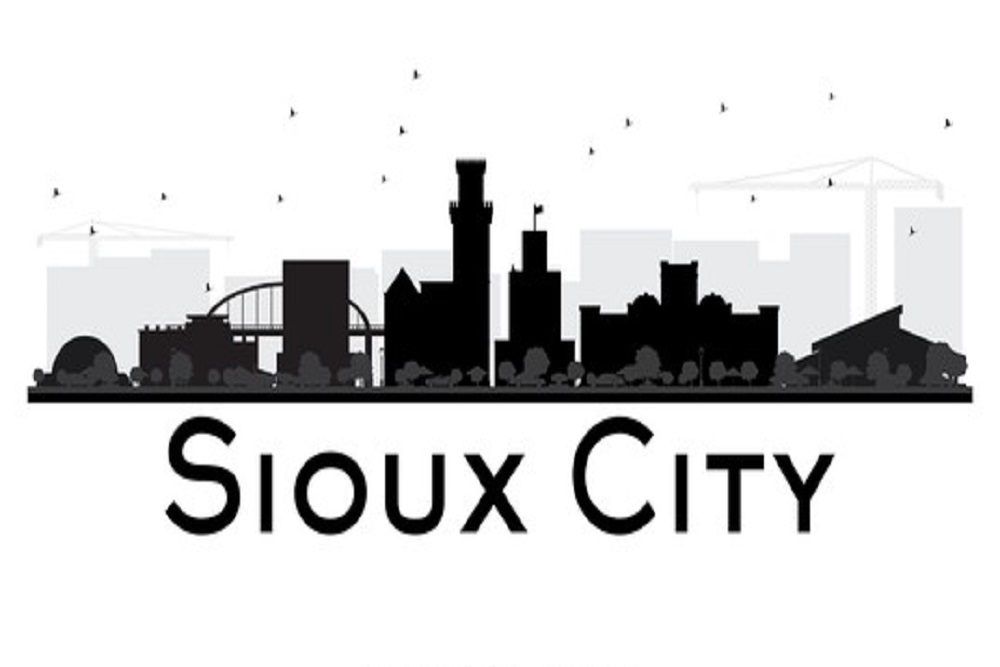
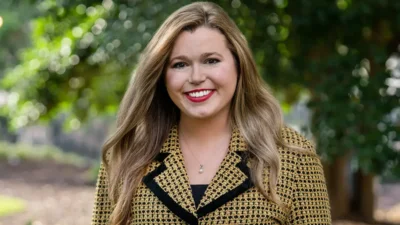
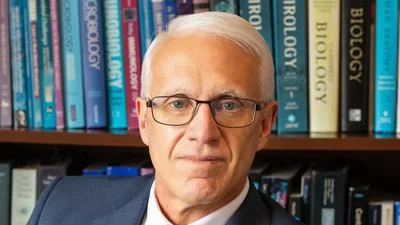
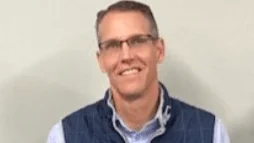
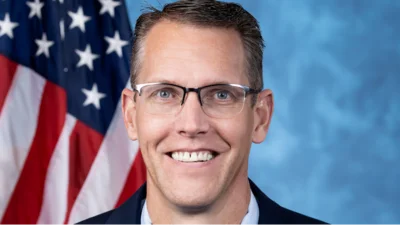
 Alerts Sign-up
Alerts Sign-up